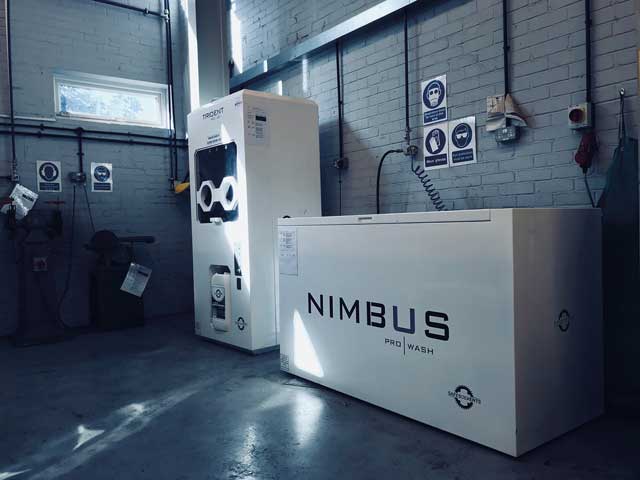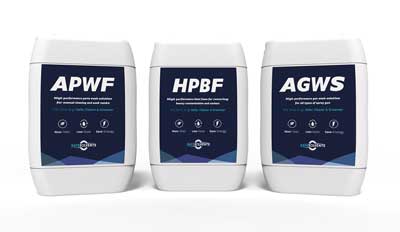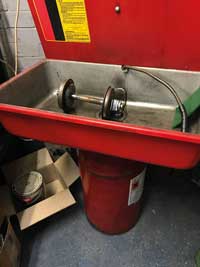
The potential drawbacks of hydrocarbon-based solvents
in industry are not always fully appreciated. Tom Sands, founder and chief executive of Safe Solvents, puts the case for the alternatives
For many years, hydrocarbon-based solvents have played a valuable role as degreasing and parts washing agents for a variety of markets, from production engineering through to commercial vehicle fleet maintenance.
Often heated as part of a hot wash process, such solvents have proved themselves effective. However their application is not without significant health and safety risks.
First and foremost, hot washes typically operate at 65-90°C. This is a health and safety issue in its own right, given that such temperatures present a scalding risk. It also represents a sizeable contribution to utility bills as the equipment tends tend to be left switched on for most of the working day, because of the time it takes to get the solution to working temperatures. Though the tank may be heated for eight or more hours a day, it will actually only be used for a fraction of that time.

Second, the solvents used are often highly flammable, and toxic. Hydrocarbon solvents typically have very high levels of volatile organic compounds (VOC), with many in excess of 75%.
With parts washing in particular, the use of solvents is often an afterthought, relegated to the basement of the premises with little thought given to risk assessment. In our experience poor solvent-handling practices are common, resulting from a lack of understanding of the dangers and poor knowledge of the health and safety guidelines.
The Health & Safety Executive document Working with Solvents details how accidental exposure to solvents with high VOC levels can result in nausea, and irritation to the skin, eyes and lungs. Significant spillages or accidents in poorly ventilated or confined spaces can result in unconsciousness, or even death. High-level VOCs are costly to dispose of in a safe and effective manner, often requiring a specialist cleaning contractor to make routine visits to collect the waste fluid that has emulsified with the leftover contaminants post-wash.
Ultimately, the solution for industry is either to take the handling and use of solvents much more seriously, or alternatively convert its processes to safer water-based solvents that do not present the same risk to employees.

There are a number of regulatory instruments which are aimed at driving down the use of solvents with high VOC levels, such as the Registration, Evaluation, Authorisation and Restriction of Chemicals (REACH) regulation, and the Solvent Emissions Directive, and which advocate the use of low-solvent or solvent-free alternatives.
This chimes with the growing cross-industry demand for safer work environments which is becoming more and more audible, and the fact that employers are becoming increasingly conscious of their environmental impact.
I know of manufacturers that have banned single-use plastic cups on their shop floors and given employees free reusable water bottles. However, they still clean their production equipment with hydrocarbon solvents.
In response to both legislative action and changing attitudes, in the last few years advanced parts washing fluids have low emerged which are water-based, with biodegradable, safe detergents at their heart. Such fluids can operate at ambient temperatures, are non-corrosive, non-flammable, and non-carcinogenic and have low VOC levels. They do not emulsify with the detritus, meaning much lower disposal costs. To all intents and purposes, they are a ready-made, like-for-like alternative to hydrocarbon solvents.
Ultimately, I would argue it is legitimate to ask why hazardous solvents need to be used for degreasing and parts washing at all when there are effective alternatives available. Industry is now in a position when there is both demand and supply for a safe, greener and cleaner parts-washing process for industry.

